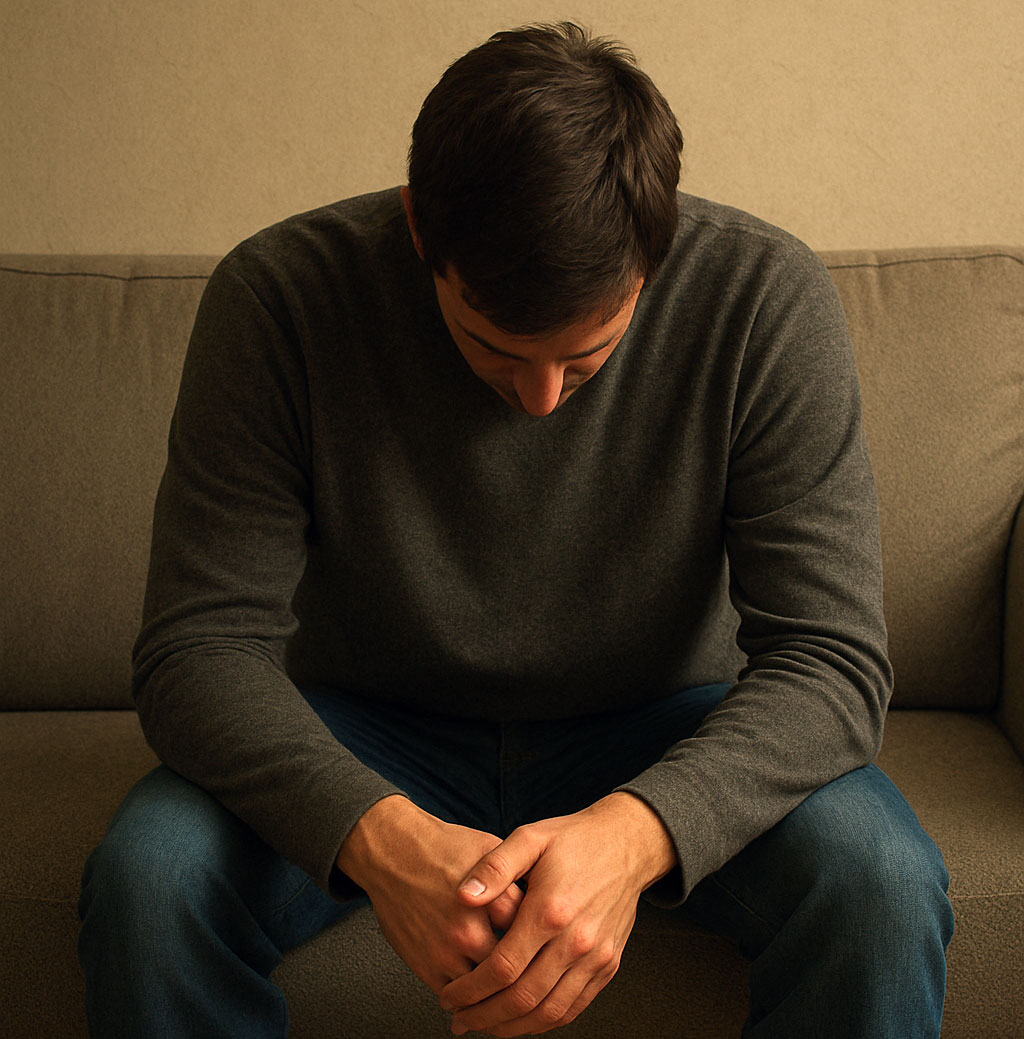If someone has experienced trauma—whether a single event like a car accident or assault, or ongoing experiences like childhood emotional neglect or physical abuse—and you were asked how it might affect them, what would you say?
You might mention flashbacks, anxiety, difficulty with relationships, depression, or a tendency to isolate. Maybe fear, hypervigilance, or avoiding certain people or places. And yes, all of those are real and common responses to trauma.
But that’s not the full story.
Trauma doesn’t just live in our minds or emotions—it lives in the body too. And sometimes, the body keeps reacting long after the danger has passed.
Trauma Is a Body Thing, Too
When something traumatic happens, our bodies react instinctively. Fight, flight, freeze, or fawn are survival responses that are hardwired. They’re not conscious decisions; they’re automatic ways our nervous systems try to protect us from harm and perceived threats.
What many people don’t realize is that these stress responses don’t always shut off once the trauma is over. Especially when the trauma was ongoing or happened in childhood, the body may not have had a chance to come back to safety. So even years later, you might find yourself reacting to something small with a response that feels… big. Or out of proportion. Or confusing. That’s because your body might still be trying to protect you—even if the threat is no longer there.
What Does Stored Trauma Actually Look Like?
Before we go into the list, it’s important to remember that these symptoms don’t always mean someone is carrying trauma. They can also show up from chronic stress, exhaustion, or other medical issues. But if you’ve been through something hard and these feel familiar, it might be your body’s way of remembering.
Here are some common physical ways trauma can show up:
- Chronic tension or tightness (especially in the neck, shoulders, or jaw)
- Digestive issues like nausea, IBS, or unexplained stomach pain
- Fatigue that doesn’t improve with rest
- Unexplained aches and pains
- Difficulty sleeping—falling asleep, staying asleep, or waking up tired
- Feeling dizzy, lightheaded, or like your heart is racing even when you’re not in danger
- Feeling disconnected from your body—like you’re numb, floating, or watching from the outside
- Getting startled easily or feeling constantly on edge, even in safe situations
And then there are the things that are harder to name:
- Feeling like you’re always bracing for something.
- Not being able to take a full, relaxed breath.
- Carrying a weight in your chest or stomach that you can’t explain.
Why Does This Happen?
When we experience trauma, the body remembers and your nervous system tries to keep you safe. The brain and body work together to create protective patterns that helped you survive. And sometimes those patterns stick around, even when they’re no longer needed. Especially if trauma happened at a young age, before you had the language or support to process it, your body may have taken on the role of holding it all. Not out of weakness, but out of survival.
So if your body is still reacting—even though logically you know you’re okay—it’s not because something’s wrong with you. It just means your body may still be living by rules it learned a long time ago.
What Can You Do About It?
If any of this feels familiar, please hear this: you’re not being dramatic, and you’re not making it up. You’re not “too sensitive” or imagining things. This might just be your body’s way of saying, “Hey… I haven’t fully healed yet.”
This is where trauma-informed therapy can help. Talking about what happened is important—but healing trauma also means helping your body feel safe again.
That might look like:
- Grounding exercises like pressing your feet into the floor and naming five things you see, four you can touch, three you can hear, two you can smell, and one you can taste (the 5-4-3-2-1 method)
- Breathwork, such as slowing your exhale longer than your inhale—breathe in for 4 counts, out for 6—to help signal to your nervous system that you’re safe
- Placing your hand over your heart or stomach and noticing the warmth or rhythm of your breath
- Gently moving your body in a way that feels good—stretching your arms overhead, swaying, or rocking back and forth can help you feel more present
- Touching something comforting, like holding a warm mug, wrapping up in a soft blanket, or rubbing a smooth stone between your fingers
- Checking in with your body, asking: “What sensations am I feeling right now?” or “Is there a part of my body that wants attention?”
These practices aren’t about “fixing” anything. They’re about building trust and creating safety in your body again, one moment at a time. Sometimes it’s slow, sometimes it feels awkward or even a little emotional—and that’s okay. You don’t have to get it perfect. You’re allowed to take your time. There’s no “right” way to heal. When trauma lives in the body, it doesn’t mean you’re stuck. It means your body did what it had to do to protect you. And now, slowly, you can begin to show it that it’s safe again.
You deserve to feel at home in your body—not trapped in survival mode. And if it takes time to get there, that’s okay. Your healing doesn’t have to look like anyone else’s. Even small steps matter. Even naming what’s happening is part of the healing.
So if your body feels like it’s holding something you can’t quite explain, maybe that’s worth listening to. Maybe your body remembers what your mind had to push away. And maybe it’s ready, little by little, to begin letting go.
Reaching Out
You don’t need to figure this out alone. At Tobin Counseling Group, we are here to support you—whether you’re just beginning to explore how trauma has affected you or already deep in the healing process. You don’t have to have all the words or know exactly where to start. We’ll walk with you, at your pace.


